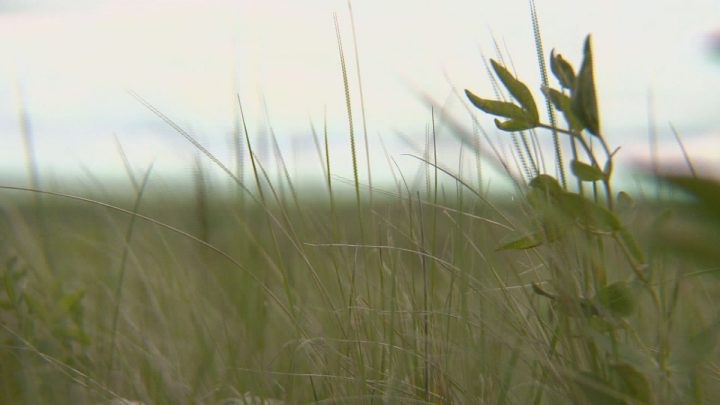The new Liberal government is promising to protect 25 per cent of Canadian lands and waters by 2025, and 30 per cent by 2030, while restoring and enhancing wetlands and grasslands.

Those are promises one environmental advocate says are especially significant for the prairies.
Saskatchewan Environmental Society Board Member Peter Prebble says that, while exact estimates vary, it’s likely that less than 20 per cent of Saskatchewan’s native grasslands remain intact with the rest lost to agricultural, natural resource and transportation network development.
Based on a 2001 study, the prairie ecoregion in Saskatchewan is estimated at 59,551,535 acres. But a 2010 study estimated that 19.4 per cent of native prairie grassland remains within Saskatchewan’s prairie ecozone.
“In my view, there has been some further decline since 2010. However, the estimate of 19-20 per cent for remaining grasslands in Saskatchewan continues to be very widely used.” Prebble noted.
“We’d like to see more grasslands become protected areas.”
Prebble said the grasslands, along with Saskatchewan wetlands, are historically some of the most biodiverse regions in the province but that right now an estimated 60 species calling prairie grasslands home are deemed at-risk.

“The majority of those are in Saskatchewan,” Prebble said.
“First and foremost, establishing official protected areas and ecological reserves is absolutely key, but measures like minimizing the number of well pads in an area is also important in protecting the grasslands landscape.”
Prebble said putting more emphasis on grassland and wetland conservation will help Canada meet its carbon emissions reduction targets.
“Grasslands have an important role to play, and protecting them is an important vehicle for ensuring carbon sequestration,” Prebble said.
“We face a crisis in terms of climate change. We’re trying to reduce our greenhouse gas emissions and we can use nature to draw carbon out of the atmosphere.”
According to the Canadian Parks and Wilderness Society, an estimated 1.56 billion tonnes of carbon dioxide (CO2) are stored in the area around the Saskatchewan River Delta alone – equivalent to the total annual CO2 emissions from 331,223,511 cars.

The government is also promising to “work with First Nations, Inuit and Métis partners to support new Indigenous Guardians programs and establish new Indigenous Guardians Networks,” according to the Liberal platform.
Additionally, they committed to establishing 10 new national parks and 10 new marine conservation areas in the next five years.
British Columbia’s old-growth forests are also singled out for protection in the platform, with the government promising to work with the provincial government to expand protected areas.
- Budget 2024 failed to spark ‘political reboot’ for Liberals, polling suggests
- Train goes up in flames while rolling through London, Ont. Here’s what we know
- Peel police chief met Sri Lankan officer a court says ‘participated’ in torture
- Wrong remains sent to ‘exhausted’ Canadian family after death on Cuba vacation





Comments